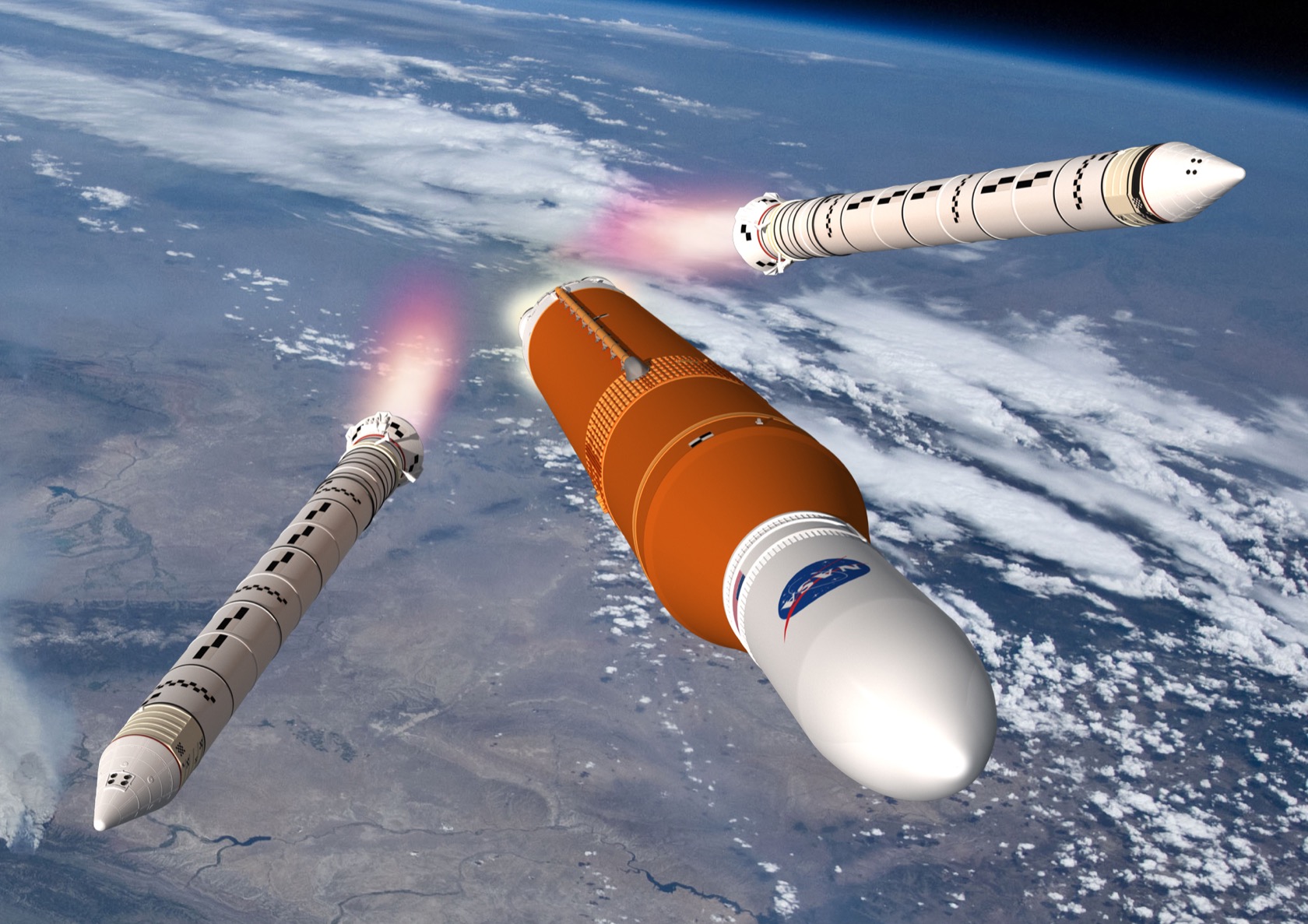

This aircraft and others like it would revolutionize the commercial use of the air, outclassing the Wright Flyer in every way. Less than 20 years after the Wrights’ demonstration, the iconic Douglas DC-3 flew for the first time. Early fragile, kite-like flyers would soon give way to new types of aircraft that were capable of vastly superior range, payload, and speed. The military had used balloons for artillery spotting and dirigibles for scouting and bombing for decades, but these were mostly tethered to static locations and subject to sniping from the enemy.

Although its performance barely qualified as “airpower,” it proved that powered flight was possible and sparked the first theoretical developments recognizing the importance of airpower to future warfare.Įarly airpower theory far outpaced the actual performance of the aircraft of the time. It carried a crew of two at less than 50 miles per hour. In 1909, a mere six years after the first flight, the Wright brothers demonstrated the first military aircraft, the Wright Military Flyer, to the U.S. military? The emergence of airpower can help us think through this question.

How will rockets like Starship shape the future of the U.S. As a result of this pending transformation, the military should alter its assumptions about the cost and difficulty of accessing space, and rethink space warfare in a world in which cheap space access is plentiful and the ability to maneuver in space is abundant. Bringing together “impossible” full-flow staged combustion rocket engines, very large vehicles, and, most critically, the ability to refuel vehicles in orbit at or near the cost of propellant will upend the harsh and unforgiving constraints that drive America’s understanding of space operations today. military should start thinking through the implications of what these capabilities - once they come online - will mean for space warfare. SpaceX is quickly working to overcome these remaining technical obstacles as well, recently landing Starship safely and tail first for the first time, and returning it to the pad within days for a possible second launch attempt.ĭespite these very real technical hurdles, the U.S. Yet such rockets transformed the global space access landscape. However, many were skeptical that reusable rockets would ever be commercially viable. Core capabilities such as orbital refueling, crucial to advanced maneuver above the atmosphere and central to unlocking commercial and military space, still need to be tested. Superheavy is still under construction and will not fly until summer - and even then, with only three of its planned complement of 37 engines. Starship still needs to demonstrate that it can be reused after surviving landing and it has not yet achieved orbit. military to think through the far-reaching military implications of the emergence of Starship-class vehicles for its future joint warfighting concepts. With this vehicle now flying and landing, it is not too early for the U.S. SpaceX’s new orbital vehicle, Starship, and its booster stage, Superheavy, exemplify these new spacecraft in that they are capable of lifting huge payloads to low Earth orbit and beyond frequently and at extremely low cost. These new rockets will replace the X-37B and ultimately transform how the U.S. military may be able to reach orbit cheaply, refuel in orbit at low cost, and use this fuel to maneuver extensively once there.

Rapid advances in rocketry led by private space companies mean that the U.S. The X-37B spacecraft - the first true military spaceplane - foreshadows the “end of the beginning” for military space as satellites, tiny spaceplanes, and single-use orbital boosters give way to massive fleets of very large, maneuverable, and reusable spacefaring vehicles. However, change is coming faster than many expect. Despite this long-term presence in space, spacepower as a mature military discipline remains in its infancy. military has launched and operated Earth-orbiting satellites since the Discoverer 1 mission in March 1959.


 0 kommentar(er)
0 kommentar(er)
